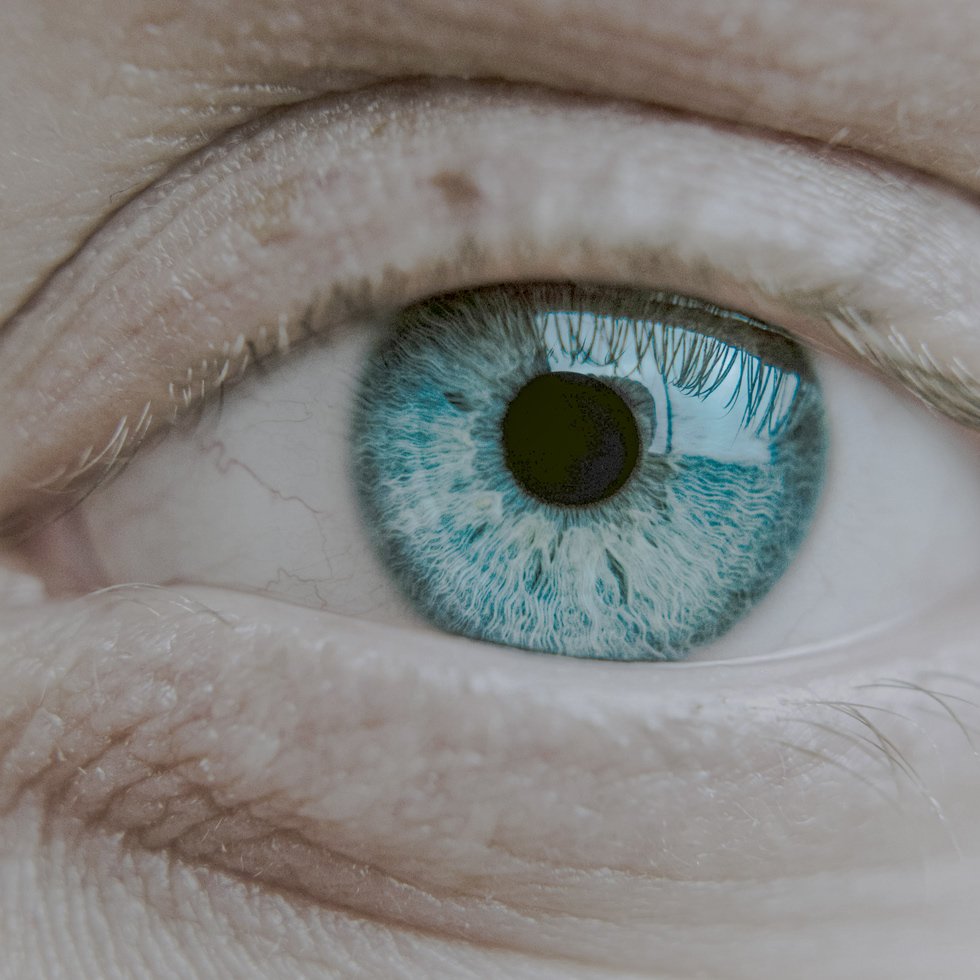Overview of JPEG XL

The JPEG XL Image Coding System (ISO/IEC 18181) has a rich feature set and is particularly optimised for responsive web environments, so that content renders well on a wide range of devices. Moreover, it includes several features that help transition from the legacy JPEG format.
Migrating to JPEG XL reduces storage costs because servers can store a single JPEG XL file to serve both JPEG and JPEG XL clients. Existing JPEG files can be losslessly transcoded to JPEG XL, significantly reducing their size. These can be restored into the exact same JPEG file, ensuring backward compatibility with existing JPEG-based applications. This provides a smooth transition from legacy JPEG platforms to the modern JPEG XL. Both the transcoding and restoration are computationally efficient.
JPEG XL is designed to meet the needs of image delivery on the web and professional photography. It supports wide colour gamut as well as high dynamic range and high bit depth images. JPEG XL further includes features such as animation, alpha channels, layers, thumbnails, lossless and progressive coding to support a wide range of use cases including but not limited to photo galleries, e-commerce, social media, user interfaces and cloud storage. To enable novel applications, it also adds support for 360 degree images, image bursts, large panoramas/mosaics, and printing.
JPEG XL offers significantly better image quality and compression ratios than legacy JPEG, plus a shorter specification. It is designed for computationally efficient encoding and decoding using software implementations without the need for additional hardware acceleration, even on mobile devices.
The codec is designed to allow users to balance three primary criteria for their application:
- high fidelity to the source image,
- encoding and/or decoding speed,
- compression ratio (typically 20:1 to 50:1).
JPEG XL, like most other JPEG standards, is a multi-part specification. The following parts are currently under development:
Part 1: Core coding systemDefines the JPEG XL codestream and decoder, which can be used for lossy encoding, lossless encoding, and lossless recompression of existing JPEG images. |
Part 2: File formatSpecifies an extensible box-based file format which adds support for metadata (e.g. EXIF and JUMBF) and legacy JPEG bitstream reconstruction data. |
|
Part 3: Conformance testingProvides test material and procedures to validate proprietary solutions against the standard specification. |
Part 4: Reference softwareProvides a free and open source, royalty-free JPEG XL reference implementation, also available on Github. |
|

